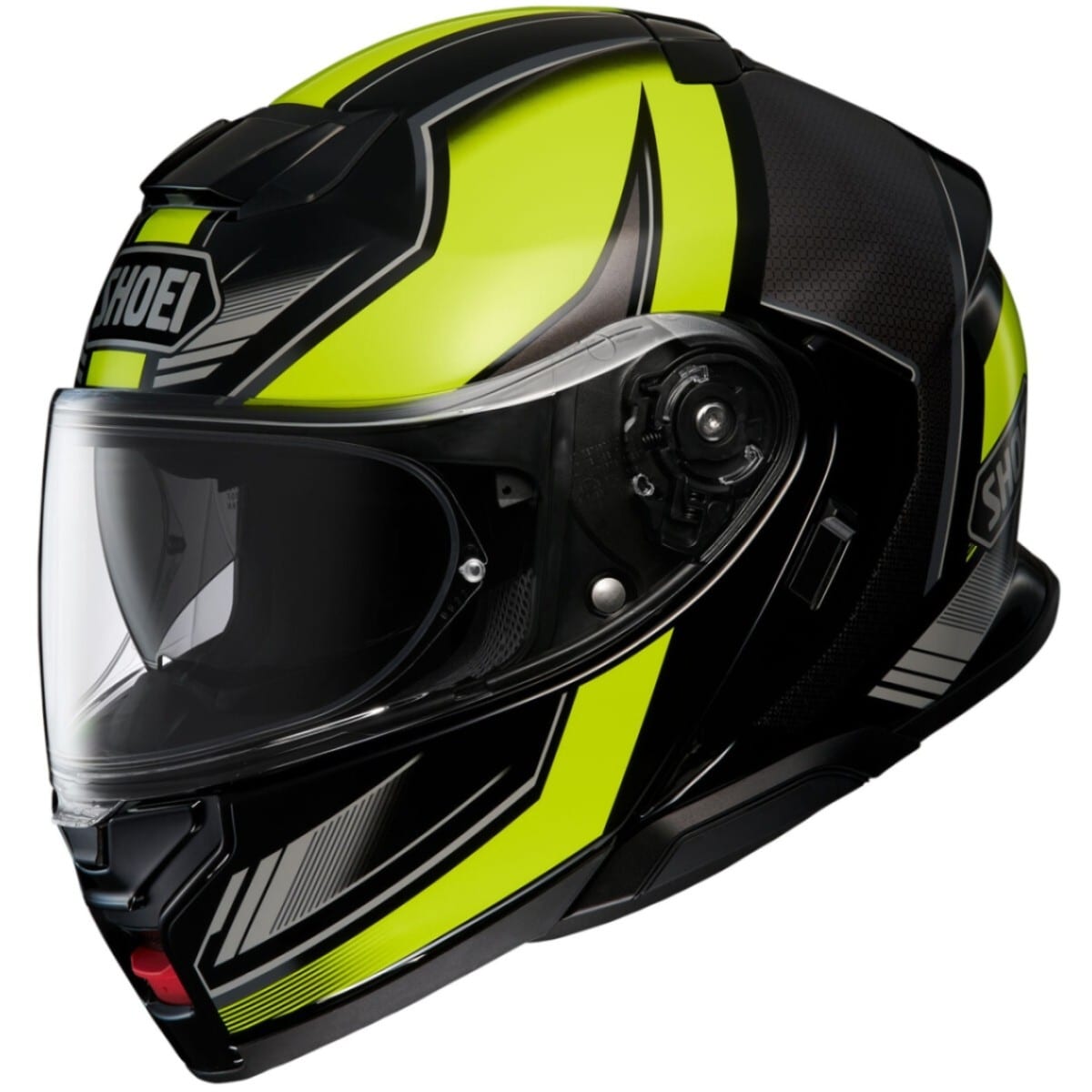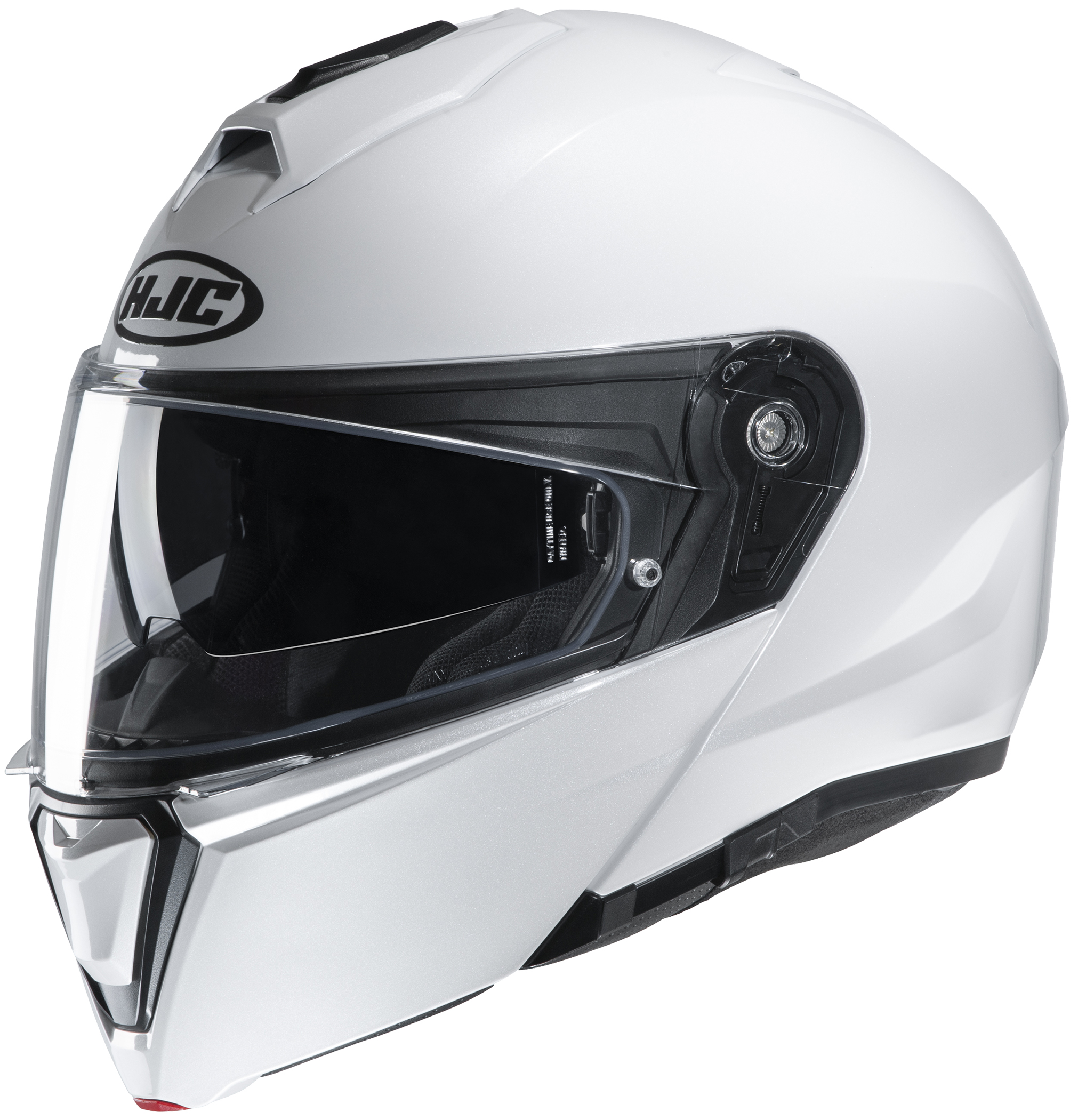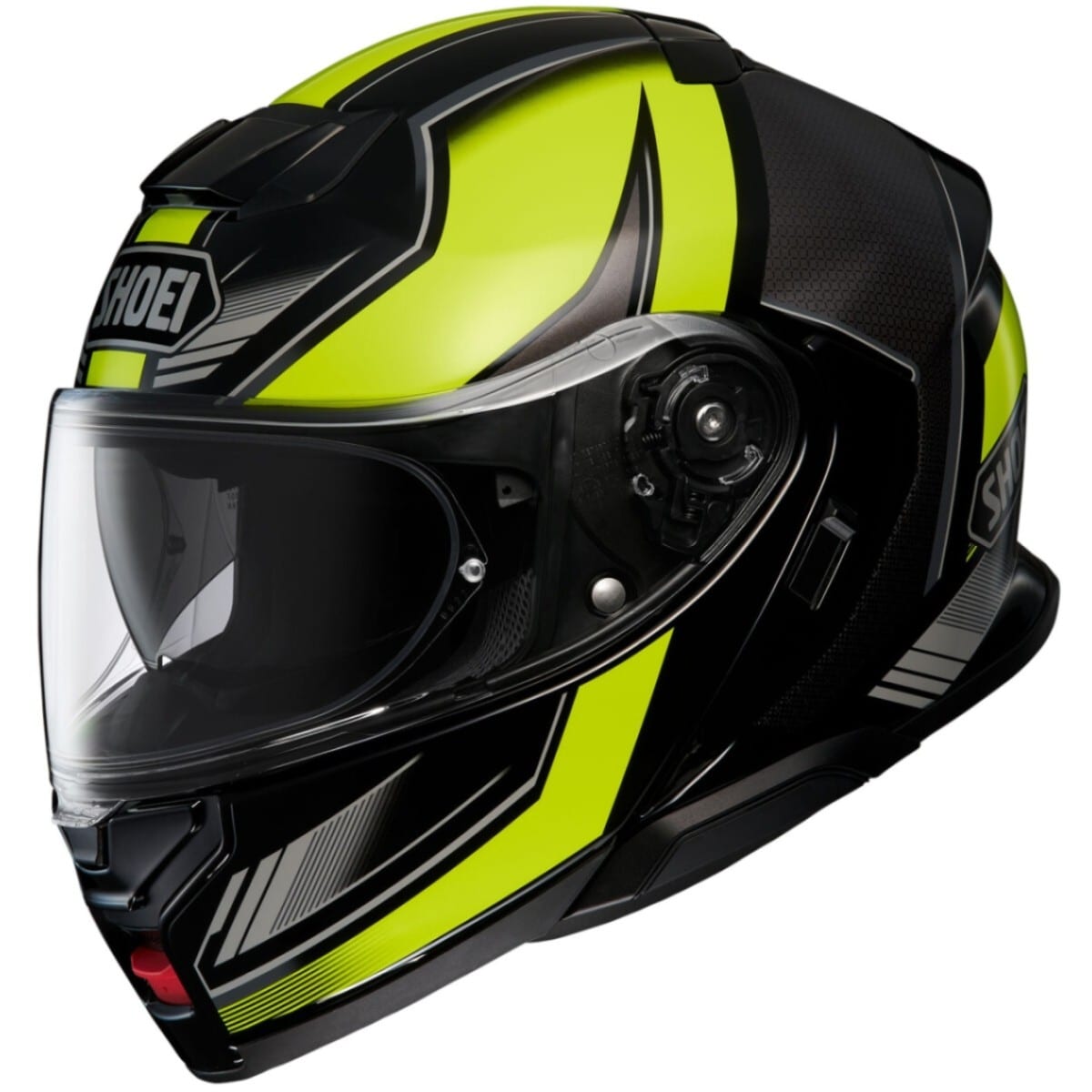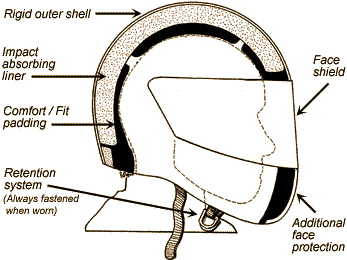
Motorcycle helmets: stuff that matters and you need to know!
When shopping for a motorcycle helmet, understanding its construction, the materials used, and the types and certifications is crucial for ensuring your safety on the road. Here's a breakdown of what makes a helmet work, focusing on the specifics of brands like ARAI, SHOEI, and SCHUBERTH, along with insights about open-face and modular helmets and security certifications.
Motorcycle helmet prices range from dirt cheap (~60€) to top-of-the-line carbon variants (~1500€). For safety reasons, I wanted a medium-sized secure option for the occasional pillion rider with a smaller head than mine; I gave my sister a ride a few days ago, and she needs a smaller-sized helmet. I also want a modular helmet for longer journeys (I have a couple of full-face and open-face helmets but no modular one).

I bought an HJC i90 (~180€) for the pillion rider—a good Value Modular With Plenty of Features, including integrated comms support (~116€ for the Smart HJC 10B Black). The HJC i90 meets DOT and ECE 22.05 regulations. It is comfortable, durable, and versatile. It is constructed of lightweight carbon fiber, allowing extra protection while keeping the weight down. Problem solved. I will have an excellent (and safer, right-sized) helmet the next time someone needs a ride.
ARAI, my favorite manufacturer, does not make modular helmets due to the security compromises they entail; they are not even willing to make helmets with drop-down sun visors since they believe it compromises overall helmet protection!

I bought myself a SHOEI Neotech 3 (~769€ plus ~369€ for the SENA Shoei SRL3 integrated comms system). It's a top-of-the-line modular helmet from my second favorite manufacturer (SHOEI) with every feature under the sun. The SCHUBERTH C5 had a worse fit to my oval head shape... and the best helmet you can buy is the one that fits your head shape and size.
Understanding Helmet security
A motorcycle helmet typically consists of two main components: the outer shell and the inner liner.

The Outer Shell is the first line of defense designed to be tough and penetrate-resistant. Its job is to absorb and distribute the impact over a larger area. Materials used for the outer shell include fiberglass, carbon fiber, and polycarbonate, among others. The choice of material affects the helmet's weight, durability, and price.
The Inner Liner is usually made from expanded polystyrene foam (EPS); this part of the helmet absorbs the shock during an impact. The EPS liner is designed to compress upon impact, cushioning the head and reducing the risk of brain injury. This layer must be both soft enough to absorb energy and firm enough to prevent the head from hitting the outer shell directly.
Materials Used by ARAI, SHOEI, and SCHUBERTH
ARAI helmets are known for their handmade construction and attention to detail. They often use a complex blend of materials for their outer shell, including fiberglass and proprietary composites, to create a robust, lightweight helmet. ARAI cares about safety first, rider comfort next, and nothing else. It's a family company with a mission: build the safest helmets available!
SHOEI utilizes advanced materials such as carbon fiber and multi-ply matrix AIM+ (Advanced Integrated Matrix Plus) for helmets. This technology combines layers of fiberglass with organic fibers and resin to create a lightweight yet resilient outer shell. SHOEI competes in markets where safety and luxury amenities count, like modular helmets and integrated sun visors.
SCHUBERTH helmets are recognized for their aerodynamic designs and quiet ride. The company uses a unique fiberglass material called Direct Fiber Processing (DFP) in a pressure chamber process to create a solid yet lightweight shell. I absolutely love the finishing touches of their helmets, and I have an M1 open-face one that I use on hot days.
Open-Face and Modular Helmets
Open-face helmets cover the head's top, back, and sides but expose the face. They offer more visibility and airflow, which can be beneficial in hot weather. However, they provide less face and jaw protection than full-face helmets.
Modular (also known as flip-up) helmets combine elements of full-face and open-face helmets. They have a chin bar that can be flipped up, offering the convenience of an open-face helmet while still providing the option for full-face protection. They are popular among tour riders and those who prefer the flexibility of having both options.
Certifications and Security
Motorcycle helmet certifications are crucial for determining a helmet's safety and effectiveness in protecting the rider.
DOT (Department of Transportation) certification is a U.S. government standard that all motorcycle helmets must meet to be legal for sale and use on the road.
ECE (Economic Commission for Europe): Widely accepted in over 50 countries, ECE standards are similar to DOT but include additional tests for visor quality and helmet durability.
SNELL is a voluntary certification that involves more rigorous testing and is often sought after by professional racers and those seeking the highest level of protection.
When shopping for a motorcycle helmet, understanding its construction, the materials used, and the types and certifications is crucial for ensuring your safety on the road. Here's a breakdown of what makes a helmet work, focusing on the specifics of brands like ARAI, SHOEI, and SCHUBERTH, along with insights about open-face and modular helmets and security certifications.




